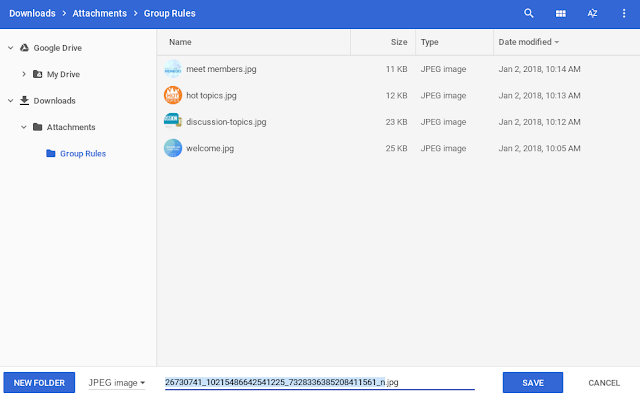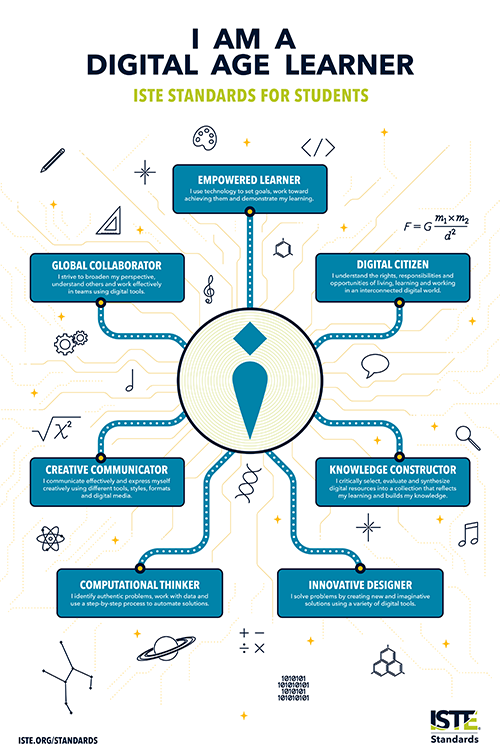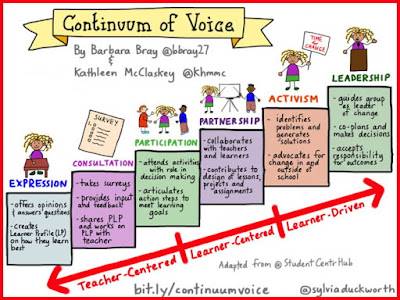Editor's note: This is part of a series entitled "Innovative Approaches to Serve At-Risk Youth."
We know from one of the most comprehensive longitudinal studies on interventions for at-risk youth, that traditional interventions are not likely to work. Approaches like counseling, mentoring, homework help and camp, do have an effect. A negative one.
We know from one of the most comprehensive longitudinal studies on interventions for at-risk youth, that traditional interventions are not likely to work. Approaches like counseling, mentoring, homework help and camp, do have an effect. A negative one.
But that doesn’t mean we should just give up. Instead it means that we need to move from traditional to innovative approaches to support youth at risk.
This post is part of a series where we will look at innovative ideas that show promise for a supporting at-risk youth to realize their potential.
In this piece, we will look at an innovative approach to supporting children who have been placed in out-of-home protective care.
Traditional Approach: Foster Care / Group Homes
Traditionally, such youth were placed in foster care or group homes. However, the research shows that for youth who’ve grown up and out of the foster care system about half experience homelessness. 50% are unemployed. 70% of girls will have an unplanned pregnancy. 75% of boys will end up incarcerated. 50% become dependent on a substance. 25% are not able to receive a GED or graduate high school. Less than 5% will complete college over their lifetime.
Among the problems that providing temporary care in various homes or group homes creates is that these young people are not permanently connected to adults they can count on. They lack models for creating resilient families, successful work lives, and strong cultural and ethnic identities. As they approach adulthood they lack a vital safety net.
Social Capital
Additionally, since they are not connected to a family they have not developed social patterns of acceptable behavior that support desirable outcomes for the family unit. As a result, according to social capital theory, these youth are more likely to make choices that have a negative long-term outcome.
High levels of social capital in a child's life have been linked to more positive life outcomes and productive personal outcomes such as occupational viability, individual health and psychological well being according to business Professor Wayne E. Baker who wrote the book on the subject. In their article on social capital in the Journal of Marriage and Family, sociology professor Frank Furstenberg and scientist Mary Elizabeth Hughes share that when parents make' social investments in their children and the community this increases children's odds of graduating from high school and attending college. Smaller social support networks (less social capital) are associated with higher likelihood of homelessness.
Traditionally the foster care system and independent living programs have not focused on connecting young people to caring adults who will continue to provide a supportive safety net.
Innovative Approach: Permanent connections for older foster youth
Traditionally, by the time they became teenagers, adoption / placement with a permanent family was no longer even considered an option for children in foster care. When you take into account that the average age for financial independence from their parents in America today is 30, you can see one reason why expecting a young person to be on their own is problematic and results in the aforementioned consequences.
Turn Focus from "Placement" to "Connections"
An innovative approach is to turning the focus away from placement and toward connections such as those a family provides. In her article, Permanence or Aging Out? A Matter of Choice, Lauren Frey, MSW, LCSW suggests developing youth-centered permanency planning teams: an individual team for each youth; asking the youth to identify important members of their own team; making the youth the central team player on the team; joining youth, birth parents, foster parents, family members, and other important adults (teachers, coaches, guidance counselors) together with professionals on the planning team; and facilitating a proactive and continuous teaming process until youth reach permanence rather than episodic or crisis-driven meetings.
Move from "State as Parent" to "Permanent Families"
This moves from the traditional approach of state as the youth’s parent, to the each youth having a team of caring people who will serve in the role of permanent family.
Whether they are open about it or not, older youth want families as revealed in a survey on the nature of happiness conducted by the Associated Press and MTV. The 18 - 24 year olds who were polled, ranked “spending time with family” as their top answer to the question, “What makes you happy?” Youth want belonging, connectedness, and someone to care about them. They want an adult in their life who they can know, trust, and loves them unconditionally. The only way to achieve this is by helping them find care and a family not just until they are 18 or 21, but forever.
Call to Action
There are organizations like You’ve Gotta Believe that help any interested party become an adoptive parent. They follow a youth-centered-model to find homes for the teens or young adults who make up 25% of those in care. Innovative educators can help these young people by attending an orientation which happens across the year, to learn more and then sharing what they learn with prospective families in their school, home, or religious community.








